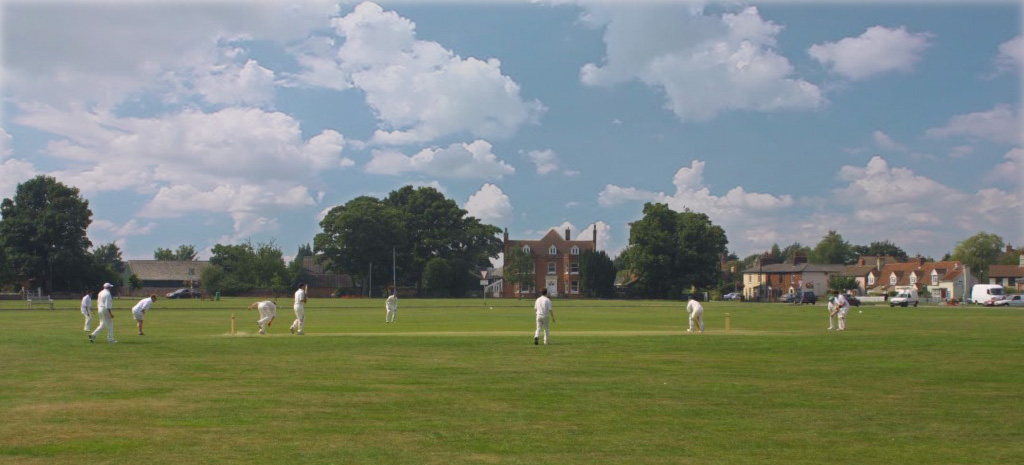The Villages

Great Bentley
Great Bently boasts England´s largest village green, which is bounded by many fine homes, two public houses and a church that dates back to Norman times.
The earliest reference to the village is in ‘The Doomsday Book´ although it was originally thought to have been a Saxon settlement and legend suggests there was a large battle with the Danes in the vicinity. There are now two modern housing developments, a variety of local shops, a primary school and mainline railway station in the village, which also offers good road links to the A133 and B1027. One mile South of Great Bentley is the small hamlet of Aingers Green, which is set in serene countryside surroundings.
Kirby Cross
Kirby Cross remained a hamlet of Kirby-le-Soken until the railway link was established in 1866.
This combined with the good road links to the neighbouring towns has made the village a convenient place to live and therefore contributed to its rapid expansion in recent decades. It is a comparatively new village compared to others in the Tendring area and there is a range of housing to suit all tastes spread over a wide area. Kirby Playing Fields are located in a picturesque setting just north of the village centre on land donated for recreational use by a well known Frinton resident in 1927. Other facilities include a Primary school of Victorian architecture, a selection of traditional shops, a pub, which dates back to the 18th century and a small industrial estate.
Kirby-le-Soken
During the 19th Century barges and skippers regularly docked at Kirby Quay to supply the area with a variety of materials and due to it´s location near the water there was believed to have been a thriving and well-organised smuggling network in the village.
Recorded in the Doomsday Book of 1087 the “Le-Soken” villages of this area were denoted “Special Powers and Privileges” that allowed them to create their own laws with church approval. At the village centre there is a medieval church and a picturesque green bounded by a row of attractive Georgian houses. There is also a variety of modern housing, a small shop and two public houses.
Little Clacton
This tranquil village has been a winner of the ‘Best Kept Village in Essex’ award in recent years.
The uncluttered and mainly family style housing and bungalows can be found scattered around a network of roads and country lanes. Focused around the village centre there is a selection of traditional shops, two public houses, a pretty church which dates back to 1068 and the ëJubilee Oak´, planted to commemorate Queen Victoria´s Jubilee. Other facilities include a primary school, two recreation grounds and a supermarket superstore, which is located just south of the village, where easy access can still be gained to the A133 Trunk Road.
Tendring
The village that gives it’s name to the Peninsular and District Council is graced with an elegant church which is dedicated to the last King of Independent East Anglia who was martyred by the Danes in the 9th Century.
A blend of cottages and fine homes are scattered over a wide spread area along the main arterial road through the village and in the network of country lanes. There is also a primary school, a general store and two charming public houses/restaurants.
St Osyth
This ancient village derives its name from the daughter of the First Christian King of East Anglia, Princess St. Osytha who founded a Nunnery in the village.
The historic Priory with its magnificent 15th Century gatehouse now stands on the site of the former Nunnery and is a popular tourist attraction. Around the village centre there are many historic buildings and cottages, a selection of traditional shops, olde worlde pubs/restaurants and the parish church, which dates back to the 12th Century. On the outskirts of the village there is a selection of modern housing, a primary school and a sports recreation ground.
Thorpe-le-Soken
A picturesque village with rural traditions and an abundance of historic buildings especially noticeable in the High Street which is lined with many attractive cottages, shops, restaurants and inns dating from various periods over the past few centuries.
The housing is varied and mainly clustered to the North of the village centre where there is a primary school and a high school/sixth form college. Other facilities include a sports recreation ground and mainline railway station located south of the village. Thorpe’s most famous resident was probably Sir William Gull, a royal physician who after his death in 1890 was linked as a suspect in the notorious Jack the Ripper murders. Landermere Quay is situated in a picturesque setting 1.5 miles north of the village centre.
Weeley
Formerly known as Wilgelea, when like many of the other villages in the Tendring area it was founded as a Saxon settlement.
Considered an important strategic site at the time of the Napoleonic Wars, large barracks were built here to house several Scottish army units. There is some modern housing around the village centre where there are still many ancient buildings including a 17th Century Inn. Other facilities include a primary school, mainline railway station and sports recreation ground located just south of the village. The parish church which still retains its Tudor tower is located in a picturesque setting on Weeley Heath where there is a scattering of rural homes and two public houses.
